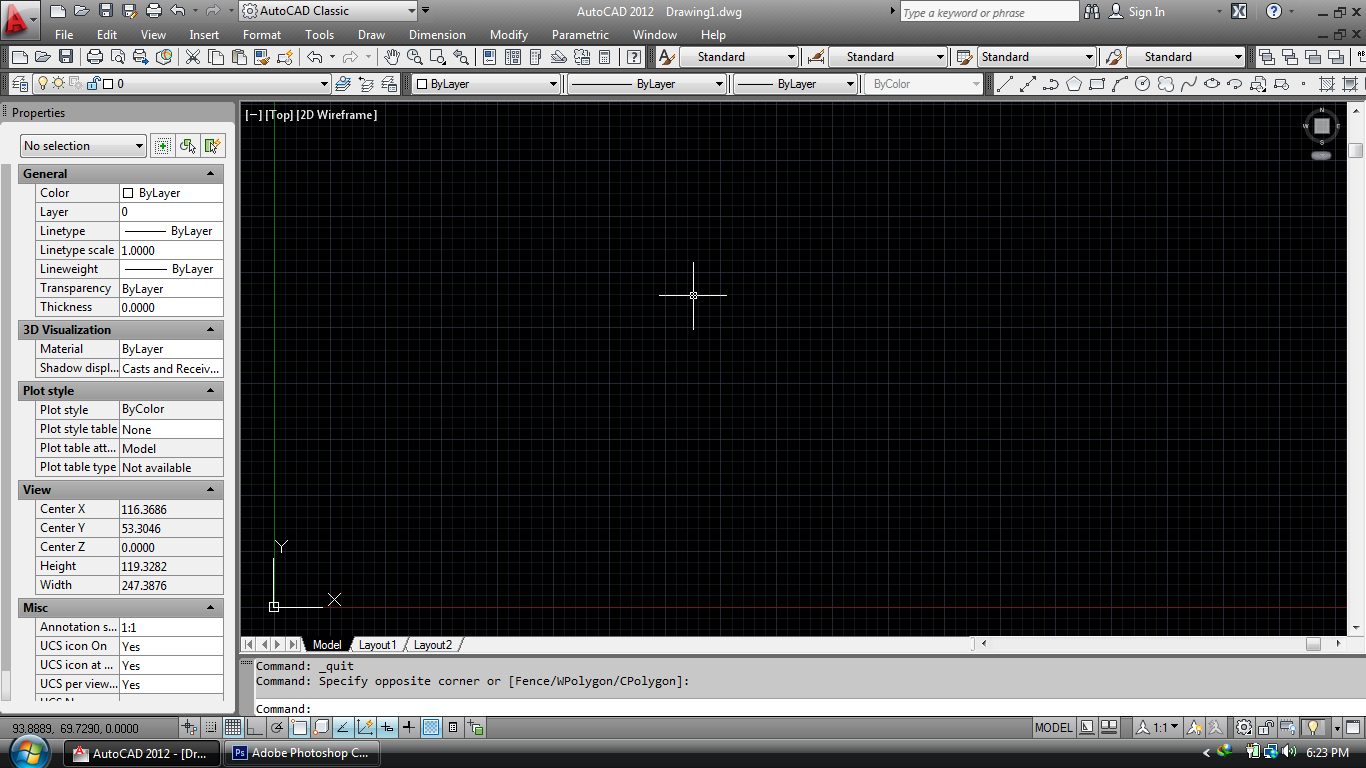

HYDRAULIC FLOOR JACK: Used for lowering an automobile to the ground after you have changed brakes, trapping the jack handle firmly under the bumper.ĮIGHT-FOOT LONG YELLOW PINE 2X4: Used for levering an automobile upward off of a trapped hydraulic jack handle. TABLE SAW: A large stationary power tool commonly used to launch wood projectiles for testing wall integrity. WHITWORTH SOCKETS: Once used for working on older British cars and motorcycles, they are now used mainly for impersonating that 9/16" or 1/2" socket you've been searching for the last 45 minutes. Also handy for igniting the grease inside the wheel hub you want the bearing race out of. OXYACETYLENE TORCH: Used almost entirely for lighting various flammable objects in your shop on fie. WELDING GOLVES: Heavy-duty leather gloves used to prolong the conduction of intense welding heat to the palm of your hand. If nothing else is available, they can also be used to transfer intense welding heat to the palm of your hand. VISE-GRIPS: Generally used after pliers to completely round off bolt heads. It transforms human energy into a crooked, unpredictable motion, and the more you attempt to influence its course, the more dismal your future becomes. HACKSAW: One of a family of cutting tools build on the Ouija board principle. Sometimes used in creation of blood-blisters.īELT SANDER: An electric sanding tool commonly used to convert minor touch-up jobs into major refinishing jobs.
Autocad electrical 2012 portable#
Also removes fingerprints and hard-earned guitar calluses from fingers in about the time it takes you to say, "Yeou."ĭRILL PRESS: A tall upright machine useful for suddenly snatching flat metal bar stock out of your hands so that it smacks you in the chest and flings your beer across the room, splattering it against that freshly stained heirloom piece you were drying.ĮLECTRIC HAND DRILL: Normally used for spinning pop rivets in their holes until you die of old age.ĬIRCULAR SAW: A portable cutting tool used to make studs too short. WIRE WHEEL: Cleans paint off bolts and then throws them somewhere under the workbench with the speed of light. The part after the colon(:) is suppressed if the value is blank in %2 - %9 parameters (for example, %2=comp tag:term). %9 Equivalent of "%I%L%1:%P:%D" (tag:term:termdesc) %7 Equivalent of "%I%I%1" (INST prefix+IEC comp tag) %6 Equivalent of "%L%1:%P:%D" (tag:term:termdesc) %3 Equivalent of "%1:%P:%D" (comp tag:term:termdesc) You can use only one of the (%number) parameters. %K Terminal strip TERMDESC text - useful for multi-stack terminals %T Terminal strip terminal pin assignment

The wire layer is displayed when a wire conductor in conjunction with a cable ID doesn't exist. %H Cable wire color substituted for wire number if cable color is non-blank. The wire number is displayed when a cable ID doesn't exist. %V Cable tag substituted for wire number if cable tag is non-blank. %C Cable tag + conductor/core color combination (format is "tag-color") %U Group assignment (on panel footprint equivalent) %M Mount assignment (on panel footprint equivalent) Note: For %S and %D to work the sheet and drawing fields must be entered in the drawing properties.įor defining wire annotation and graphical terminal strips %B Project drawing list's SUB-SEC value for active drawing Examples of Component Tags %A Project drawing list's SEC value for active drawing
Autocad electrical 2012 code#
%L IEC-style location code (default for drawing) %I IEC-style installation code (default for drawing) %P IEC-style project code (default for drawing) %X Suffix character position for reference-based tagging (not present = end of tag) %N Sequential or Reference-based number applied to the component

%S Drawing's sheet number (for example, "01" entered in upper right) %F Component family code string (for example, "PB", "SS", "CR", "FLT", "MTR")įamily codes can easily be modified at a global level.


 0 kommentar(er)
0 kommentar(er)
